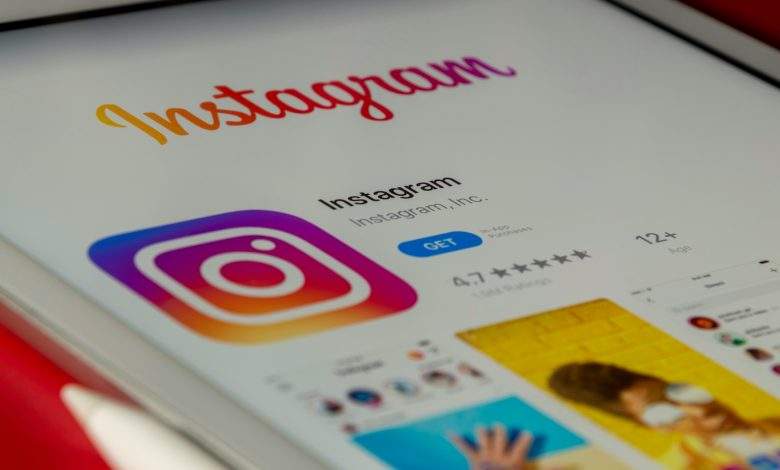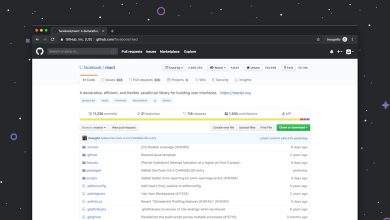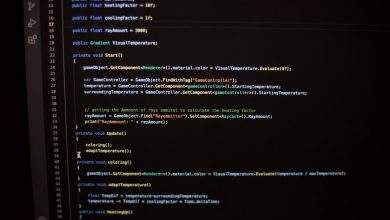
How do I know if someone restricted me on Instagram?
Instagram offers a variety of privacy tools to help users control their experience on the platform. One such tool is the Restrict feature, designed to silently limit interactions without completely unfollowing or blocking someone. If you’ve noticed odd behavior from a friend or account, you might wonder: Have I been restricted? Unlike blocking, being restricted doesn’t come with official notifications, making it difficult to detect. However, there are several key signs you can look out for.
What Does It Mean to Be Restricted on Instagram?
When someone restricts your account on Instagram, it limits how you interact with their content and how visible your interactions are to them and others. Here’s what being restricted entails:
- Your comments on their posts will only be visible to you unless they approve them.
- Your direct messages (DMs) go to their Message Requests, and they may read them without triggering a “Seen” receipt.
- You won’t see their Activity Status, such as when they were last active.
Because these changes happen quietly, it’s not always obvious when they’ve been applied to your account.
Signs You May Have Been Restricted
- You Can Comment, but Never Get a Response: If you frequently comment on someone’s posts and never receive a reply, or never see anyone else liking or replying to your comments, it could mean your comments are hidden from public view.
- Your Messages Stay Unread: If you’ve sent DMs that appear to remain unread for a long time—even though the person seems active—that’s a potential indicator. Messages from restricted users are redirected to Message Requests.
- No Activity Status Visibility: If you could previously see when a user was online or last active and now you can’t, you might’ve been restricted. This could also mean the person turned off their activity status, so it’s not definitive on its own.
- Try Using Another Account: If you’re suspicious, you can temporarily log in from another account or ask a trusted friend to check the same post. If your comment appears on your device but not on the other account, it’s highly probable you’ve been restricted.
Distinguishing Restriction From Blocking or Muting
One reason Instagram’s Restrict feature causes confusion is because it behaves similarly to both blocking and muting. Here’s how to tell the differences:
- Blocking: You can’t see a person’s profile, content, or send them messages.
- Muting: The person can still see your content and interact, but you won’t see their posts or stories in your feed.
- Restricting: Your access stays intact, but interaction visibility and message priority are reduced or hidden.
The lack of visibility into your own interactions—such as hidden comments and unseen messages—is the biggest clue when it comes to restrictions.
What Should You Do If You’ve Been Restricted?
If you’ve gathered enough signs and strongly suspect someone has restricted you, consider asking yourself how important that interaction is. Instagram is a personal platform, and everyone is entitled to manage their online space. However, you can choose from several responses:
- Respect their privacy: If the person is setting boundaries, it may be wise to honor that.
- Initiate an offline conversation: If you know the person in real life and value the relationship, consider discussing the issue face-to-face, without confrontation.
- Unfollow or restrict them back: If the relationship feels one-sided or uncomfortable, using Instagram’s own privacy tools might be the best solution for you.
Final Thoughts
Instagram’s Restrict feature offers an important tool for digital boundaries. It’s subtle by design, but careful observation of changes in behavior on the app can help you piece together whether you’ve been restricted. While it might be tempting to dwell on it, remember that online boundaries don’t always reflect personal grievances—they often reflect changing comfort levels or content preferences. Approach the matter with understanding and maturity, whether you decide to continue the relationship or step back.



